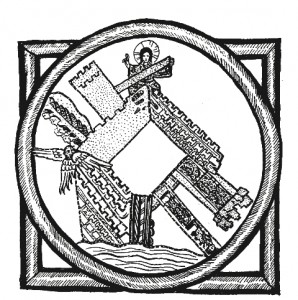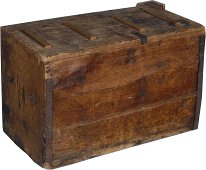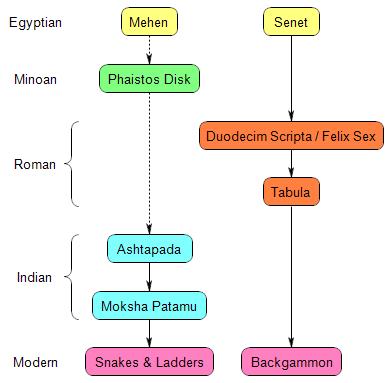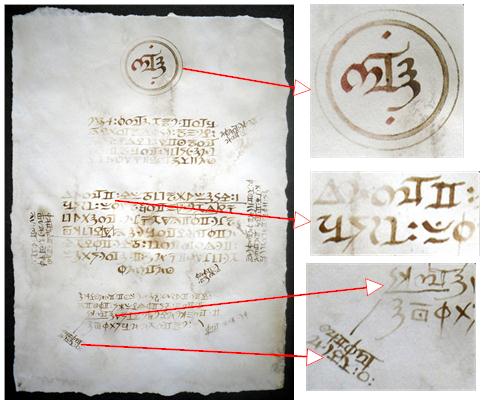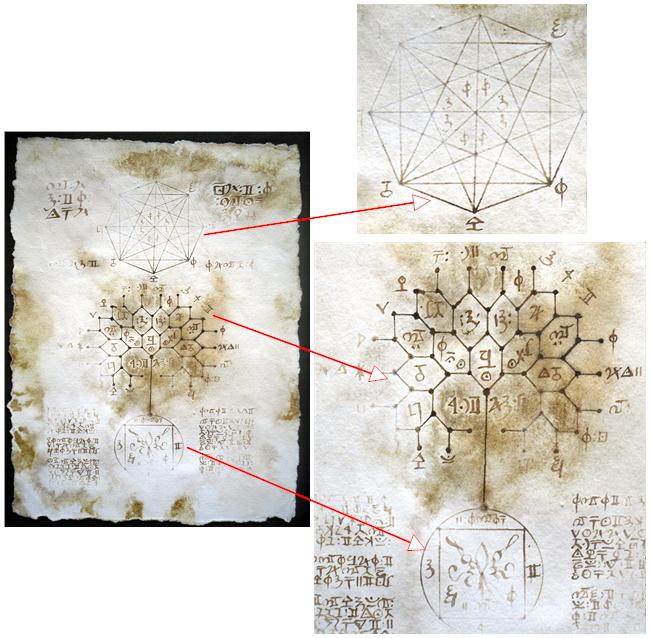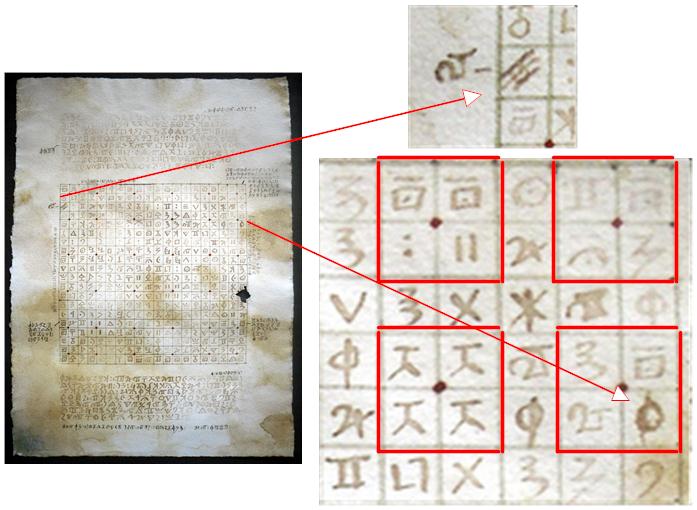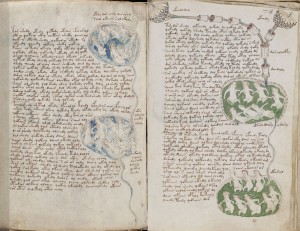Yet more for you on our elusive young Tasmanian merchant seaman H. C. Reynolds, who may or may not be the mysterious “Unknown Man” found dead on Somerton Beach in 1948, etc etc.
Firstly, I note with great interest Gerry Feltus’ comments on the whole H. C. Reynolds thing. He writes:-
In early February 2011, I received a letter from the woman (not identified in the article) containing comprehensive detail, a photograph of HC Reynolds and the circumstances under which it was found. This was followed up by a number of telephone conversations. I had no doubt about the authenticity of the information supplied to me. I became aware that the same photograph and details had been forwarded to a number of other interested parties. I was also advised that Professor Henneberg had advised her: “The similarity, however is substantial and in my opinion warrants further investigation.” I wrote in my reply inter alia, “I have no alternative but to accept his (Prof Henneberg) learned opinion. As I explained to you during our conversation I don’t see any resemblance to the ‘Unknown Man’. After studying his photograph for years (the Unknown Man) there is nothing in the face of Reynolds that ‘jumps out’ at me that is similar… Also Reynolds has a square chin with what appears to be a cleft or dimple, whereas the ‘Unknown Man’ has a rounded chin. My opinion, and I will stand corrected if I am wrong.” I provided details of a record relating to H Reynolds, Able Seaman, on ‘Empress of Asia’, Suez Canal 1941, and advised that I could not locate any details to authenticate the U.S. Identity Card.
It soon became obvious that a number of people were ‘tripping over each other’ to obtain information about Reynolds so I removed myself from that line of inquiry. I have not seen an official statement from Prof Henneberg. I have every respect for Prof Henneberg and accept his qualifications. If he is positive that Reynolds is identical to the ‘Unknown Man’ I will reconsider my views on the subject.
Personally, I’m not sure over whom Gerry thinks people like me would be tripping: just about every stone I examine seems to be turning over for the first time. Historically, the nice thing about the Reynolds claim is that (true or false) it should, with persistence and lashings of lateral thinking, be checkable: the more of his antipodean sea career we can find, the more chance we stand of uncovering some instance where he crosses over into another (hopefully land-based) archive or database.
What have I been doing? Well, without any access to the archival omniscience of the “Log of Logs” as yet, I’ve been trying to find log books for the SS Manuka and RMS Niagara. However, it turns out that this is complicated by the fact that ships can reasonably have multiple types of logbooks, which often overlap:
* rough logs (compiled on the go)
* smooth logs (copied out nicely)
* compass logs (or “compass error logs”)
* incident logs, and so forth.
For the SS Manuka, Archives New Zealand have a compass log but the ship’s log has been destroyed bar one fragmentary page. Similarly, MS 851 in Auckland Museum contains RMS Niagara’s compass log for 1917-1918 compiled by M. Clark-Campbell, who was presumably the third mate “C. Campbell” on board at the same time as Reynolds. However, this is probably both a rough log (because it’s for two ships Clark-Campbell served on, the Niagara and the HMNZT Willochra) and a compass log: Hamish Lindop at the Auckland Museum very kindly examined MS 851 for me, and told me that “the information in it is strictly pertaining to coordinates for sailing; it doesn’t have any information about what was happening on board or Reynolds.”
So, a bit of a dead end, really. But at least now we know that the Manuka and Niagara probably had multiple log books: hopefully the “Log of Logs” will point us to some of the others.
But that’s not the really exciting news. Cipher Mysteries regular Cheryl Bearden has been carefully trawling ancestry.com’s online copies of the crew lists arriving at Sydney, and has found (what seems to me, at least, extremely likely to be) the next section forward in young Mr Reynolds’ timeline. Unless there just happened to be two 18-year-old pursers from Hobart called Reynolds active in the same port at the same time, it seems very probable that the two were the same person, and that he preferred to be called by his middle name:-
19th November 1917. SS Manuka: arr Sydney, NSW (from Wellington). H. Reynolds, age 17, born Tasmania, Assistant Purser.
17th December 1917. SS Manuka: arr Sydney, NSW (from Hobart). H. Reynolds, age 17, born Tasmania, Assistant Purser.
26th January 1918. SS Manuka: arr Sydney, NSW (from Hobart). H. Reynolds, 17, born Australia, Assistant Purser.
17th February 1918. RMS Niagara: arr Sydney, NSW (from Vancouver). H. Reynolds, 18, born Hobart, Assistant Purser.
20th April 1918. RMS Niagara: arr Sydney, NSW (from Auckland). H. C. Reynolds, 18, born Hobart, 2nd Mate.
5th May 1918. SS Koonya: arr Sydney, NSW (from Bunnie). C. Reynolds, 18, born Hobert, Purser.
20th May 1918. SS Koonya: arr Sydney, NSW (from Strahan & Devonport). C. Reynolds, 18, born Hobart, Purser.
16th July 1918. SS Koonya: arr Sydney, NSW (from Strahan). C. Reynolds, 18, born Hobart, Purser.
12th August 1918. SS Koonya: arr Sydney, NSW (from Strahan & D’port). C. Reynolds, 18, born Hobart, Purser.
26th August 1918. SS Koonya: arr Sydney, NSW (from Bunnie). C. Reynolds, 18, born Hobart, Purser.
22nd September 1918. SS Koonya: arr Sydney, NSW (from Strahan). C. Reynolds, 18, born Hobart, Purser.
21st October 1918. SS Koonya: arr Sydney, NSW (from Launceston). C. Reynolds, 18, born Hobart, Purser.
4th November 1918. SS Koonya: arr Sydney, NSW (from Bunnie). C. Reynolds, 18, born Hobart, Purser.
19th January 1919. SS Koonya: arr Sydney, NSW (from Devonport). C. Reynolds, 18, born Tasmania, Purser.
9th March 1919. SS Koonya: arr Sydney, NSW (from Newcastle). C. Reynolds, 18, born Tasmania, Purser. [*]
31st March 1919. SS Koonya: arr Sydney, NSW (from Devonport). C. Reynolds, 19, born Hobart, Purser.
As before, the next plausible sighting we have is of a foot-passenger called “Mr H. C. Reynolds” travelling on the TSS Ulimaroa on the 22nd November 1920. So, thank you very much indeed, Cheryl, for this nice long set of sightings! But once again this is where the Reynolds trail goes cold. 🙁
Curiously, onboard the SS Koonya in August there’s also a fireman (i.e. for stoking fires, not for putting them out!) called “R Reynolds” age 18, but born in Birkenhead. Probably just a coincidence, though. 🙂
The SS Koonya was registered in Dunedin, on New Zealand’s South Island: its Master was the 39-year-old New Zealander P. L. Molyneux. Note that the Tasmanian archives hold a number of logs and crew records for a previous ship called ‘Koonya’ (sank in 1898), which are almost certainly no use to us. The Koonya we’re interested in was, according to this online list of Tasmanian shipwrecks, a
Steel steamship, 1093/663 tons. # 109641.Built at Grangemouth, UK, as the Yukon. Owned by Union Steamship Co. Lbd 225.0 x 34.2 x 13.2 ft. In 1908, she had towed Sir Ernest Shackleton’s Nimrod 1510 miles from Lyttleton, NZ to the Antarctic Circle and was the first steamer in the Antractic. She was then employed in the New Zealand and Tasmanian coastal trades. Captain Francis Warner Jackson. Sailed from Strahan for Burnie on 3 June 1919 but failed to arrive; wrecked on Sandy Cape, Tasmania, 6 June 1919. Vessel Taviuni sent to search and found her wrecked on Sandy Cape, north west coast Tasmania. All saved. [NH],[#TS2],[DG]
Once again, we see Reynolds employed by the Union Steamship Company. However, when the Koonya went down in 1919, Reynolds was not on board! The report of the wreck that ran in Adelaide’s Register on 9th June 1919 listed the crew (who luckily all survived) as:-
Capt. F. Jackson, S. L. McDonald (chief officer), R. Sanderson (second officer), McNeill (third officer). Ward (chief engineer), Stewart (second engineer), Davis (third engineer), Thorby (chief steward), Dodd (purser), Kohler, S. Foley, and R. Millhouse (firemen), McLeod, Mulholland, Neilson, Newlands, and Stavis (A.B.s), Harris (chief cook), Alexander (assistant cook), Marshall (donkeyman), Foley, Howard, and Armstrong (trimmers), and Allen (boatswain). The names of the second steward and two other ordinary seamen were not obtainable.
It seems likely to me that between March 1919 and June 1919, Reynolds had served a full year on the Koonya and so moved on to work on another ship, most likely within the same Union Steamship Company fleet… perhaps Cheryl will now find this! All the same, the Koonya is another ship whose various logbooks I will now try to track down when I finally get to see the legendary Log of Logs…
